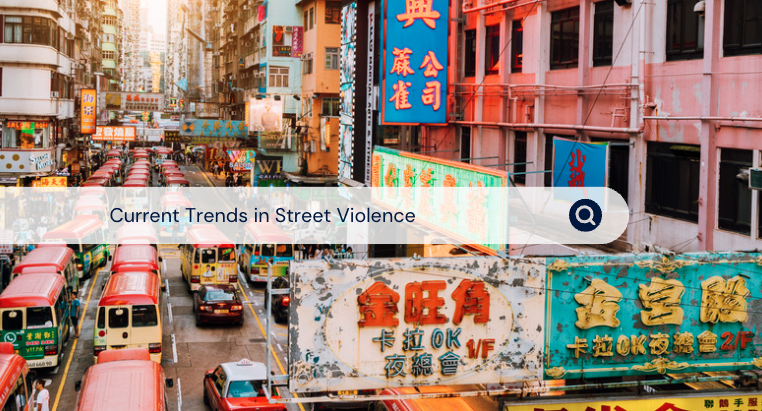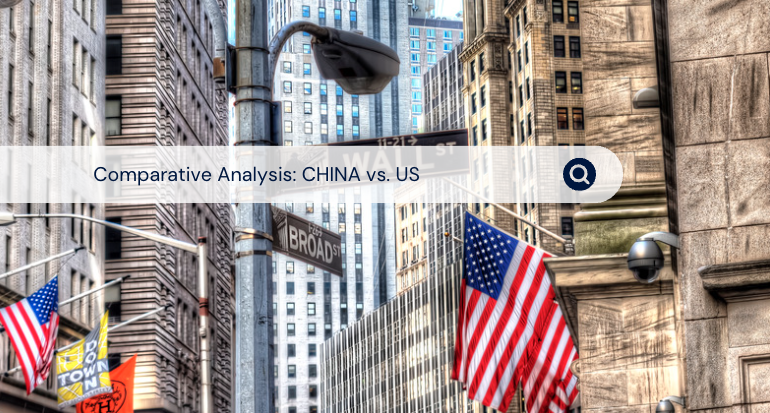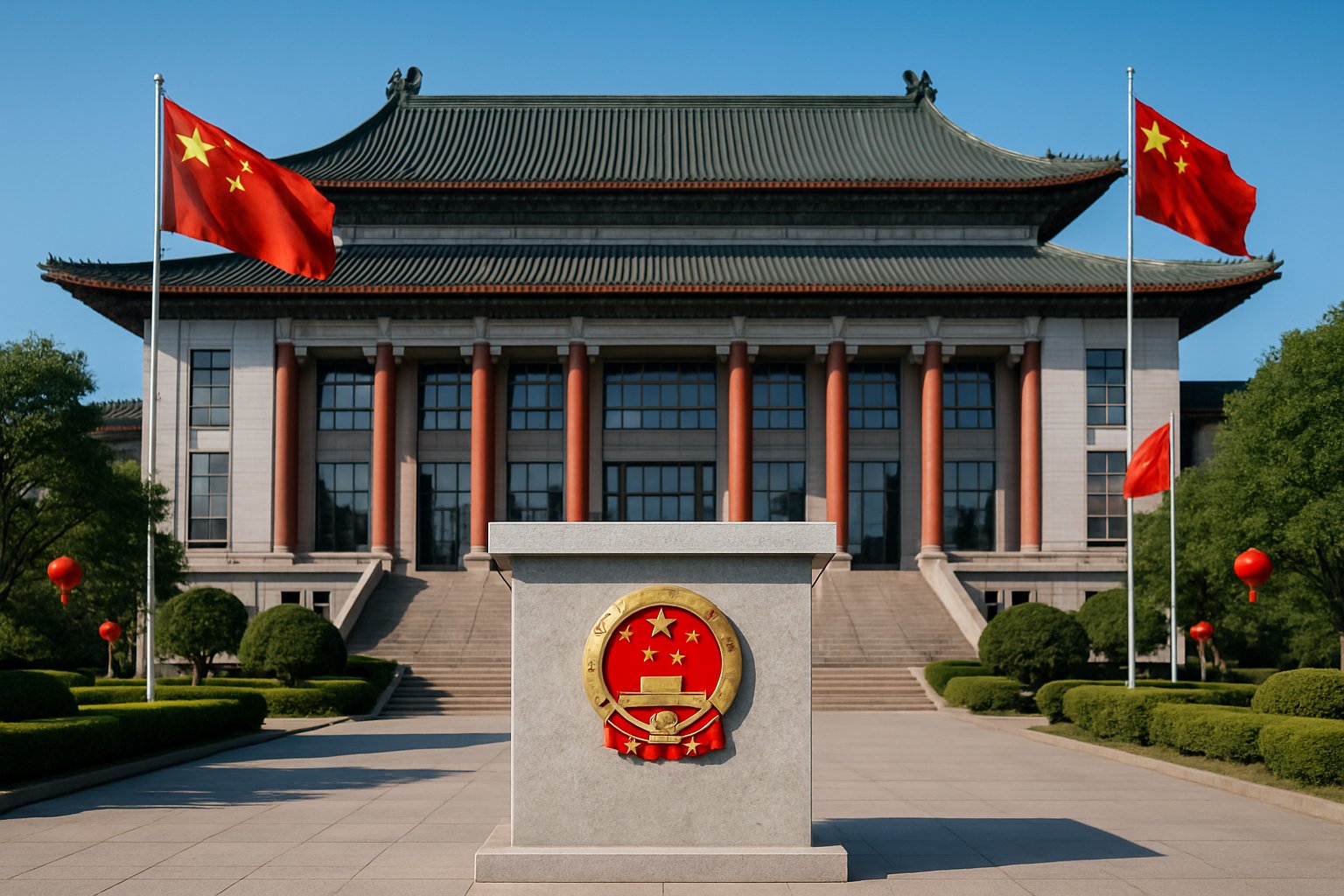Street brawls are a growing concern in China, with incidents of violence occurring in public places such as restaurants, bars, and on the streets. These brawls are often filmed and shared on social media, causing public outrage and concern over the safety of citizens. In this article, we will explore the phenomenon of street brawls in China, including their causes, impacts, and potential preventive measures.
China has seen a rise in street brawls in recent years, with incidents ranging from minor altercations to large-scale violent clashes. The causes of these brawls are complex and multifaceted, with factors such as alcohol consumption, social and economic inequality, and cultural differences all playing a role. Additionally, the prevalence of social media has made it easier for these incidents to gain attention and fuel public outrage.
In this article, we will examine the impacts of street brawls on Chinese society, including the physical and emotional harm caused to those involved, as well as the potential economic and social consequences. We will also explore potential preventive measures, such as increased police presence and community outreach programs, aimed at reducing the occurrence of street brawls and promoting a safer and more harmonious society.
What are Street Brawls?
Street brawls are physical altercations that occur in public spaces between two or more individuals or groups. These conflicts can range from minor scuffles to violent, bloody fights that can result in serious injury or even death. Street brawls differ from other types of conflicts, such as domestic disputes or workplace disagreements, in that they typically involve strangers or acquaintances who have no prior relationship or history of conflict.
Street brawls are a global phenomenon and occur in both urban and rural areas. In some cases, they are spontaneous and fueled by alcohol or drugs, while in other cases, they are premeditated and involve rival gangs or groups with a history of animosity. In China, street brawls are not uncommon, and they often involve ethnic or cultural tensions.
There are various types of street conflicts, including:
- Gang violence: This involves groups of individuals who identify with a particular gang or organization and engage in violent activities to defend their territory or reputation.
- Racial or ethnic tensions: This type of conflict arises when individuals from different racial or ethnic backgrounds clash due to perceived cultural differences or prejudices.
- Political protests: Demonstrations or rallies can sometimes turn violent, resulting in street brawls between protesters and law enforcement or counter-protesters.
- Personal disputes: These conflicts can arise between strangers or acquaintances due to misunderstandings, insults, or other personal grievances.
Current Trends in Street Violence

Role of Social Media in Escalation
With the rise of social media, it has become easier for incidents of street violence to quickly escalate. Videos and images of street brawls can go viral within minutes, leading to increased attention and pressure on authorities to take action. Social media also allows for the rapid spread of rumors and misinformation, which can further fuel tensions and escalate violence.
In Beijing and Shanghai-based social media platforms, it is not uncommon to see videos of street brawls being shared and commented on by thousands of users. This can create a sense of community and support for those involved in the violence, while also creating a sense of fear and unease for others who may be impacted by the violence.
Notable Incidents
Recent incidents of street violence in China have garnered significant attention both domestically and internationally. In one incident, a group of men were captured on video beating a woman in public, sparking outrage over violence against women in the country. In another incident, a group of individuals clashed in the streets, leading to several injuries and arrests.
These incidents have highlighted the need for increased attention and action to address street violence in China. While authorities have taken steps to increase police presence and crack down on violent behavior, more needs to be done to address the root causes of street violence and prevent future incidents from occurring.
Common Causes of Street Brawls in China
Street brawls are a common occurrence in China, and they can be caused by a variety of factors. These factors can be social, economic, cultural, or unique to the local conditions. Understanding these factors can help prevent street fights and ensure public safety.
Here are some of the factors that contribute to street brawls in China:
1. Social Factors
Social factors play a significant role in street brawls in China. These factors include:
- Overcrowding in urban areas
- High levels of stress and frustration
- Lack of social support
- Alcohol and drug abuse
- Gang violence
2. Economic Factors
Economic factors also contribute to street brawls in China. These factors include:
- Unemployment and poverty
- Income inequality
- Competition for resources and jobs
- Debt and financial stress
3. Cultural Factors
Cultural factors can also play a role in street brawls in China. These factors include:
- Traditional values and beliefs
- Honor and face-saving
- Regional and ethnic tensions
- Gender and age-related conflicts
4. Unique Local Conditions
Finally, unique local conditions can also contribute to street brawls in China. These conditions can include:
Political tensions and protests
- Religious and ideological differences
- Sports and entertainment events
- Local customs and traditions
Media Coverage of Street Brawls in China
Domestic Reporting
Domestic media outlets such as the South China Morning Post and News have covered the recent street brawls in China extensively. They have reported on the violence that has broken out between different ethnic groups, including Han restaurant workers and Tibetan street vendors.
Additionally, reporters such as Holly Chik have interviewed witnesses and captured footage of the clashes. Video journalist Thomas Yau has also provided insight into the increasing violence and protests in the Puxi district.
International Perspective
The street brawls in China have garnered attention from international media outlets as well. Dissident artist Ai Weiwei captured footage of a bloody clash between ethnic groups outside a restaurant in Beijing, which was reported on by the BBC.
The New York Times has also covered the conflict, noting that it has manifested itself in various ways throughout the year, including in protests and clashes between pro- and anti-China demonstrators.
Economic and Social Impacts
Effect on Local Businesses
Street brawls in China can have a significant impact on local businesses. These incidents can lead to property damage, loss of inventory, and even closure of the affected businesses. The violence can also deter potential customers from visiting the area, resulting in decreased revenue for local businesses.
In some cases, street brawls may also lead to disruptions in supply chains. Cargo ships may be delayed or rerouted to avoid affected areas, leading to shortages of goods. This can impact both local businesses and global trade.
Social Ramifications
Street brawls can have far-reaching social ramifications. They can lead to a breakdown of social order and trust, causing individuals to feel unsafe in their communities. This can lead to a decrease in tourism and investment in affected areas.
Bartering for food may also become more prevalent in the aftermath of street brawls, as individuals may struggle to access necessities. This can lead to an increase in black market activity and a decrease in tax revenue for local governments.
According to Nyu Economics Professor Rodrigo Zeidan, the economic impacts of street brawls can be significant. He notes that "violence and insecurity can lead to a decrease in economic activity, which can have long-term consequences for a region's economic development."
Government and Political Challenges

Xi Jinping's Leadership
China's leadership under Xi Jinping has faced numerous challenges in recent years, including protests and street brawls. Despite this, Xi Jinping has maintained a firm grip on power and has been able to push through policies that he believes are in the best interest of the country.
However, Xi's leadership has also been criticized for its heavy-handed approach to dissent and opposition. Many protesters have been arrested and detained, and there have been reports of human rights abuses and censorship of the media.
Policy Responses
In response to the political challenges facing the government, China has implemented several policies aimed at maintaining stability and control. These policies include increased surveillance of citizens, tighter controls on the media and internet, and crackdowns on dissent and opposition.
However, these policies have also been met with criticism from both domestic and international sources. Many argue that they represent a violation of human rights and freedom of speech and that they are not effective in addressing the underlying issues that give rise to protests and opposition.
Despite these challenges, the Chinese government remains committed to maintaining stability and control and is likely to continue to implement policies aimed at achieving these goals.
Protest Banners
Protest banners have been a common sight at many of the recent protests in China, with demonstrators using them to express their dissatisfaction with the government and its policies. These banners often feature slogans and messages calling for greater freedom, democracy, and human rights, and are a powerful symbol of the challenges facing the Chinese government.
Legal and Law Enforcement Responses
When it comes to street brawls in China, the legal and law enforcement responses are swift and severe. Chinese law enforcement agencies take street fights very seriously and have implemented several strategies to combat this issue.
The relevant laws in China regarding street brawls are strict and carry heavy penalties. According to Chinese law, individuals who engage in street brawls can be charged with disturbing public order, which can result in fines, detention, or even imprisonment. Additionally, those who cause serious injury or death during a street brawl can be charged with assault or murder, which can carry even harsher penalties.
In response to street fights
In response to street fights, Chinese law enforcement agencies have implemented various strategies to prevent and mitigate the occurrence of such incidents. One such strategy is the use of surveillance cameras in public areas to monitor and deter criminal behavior. Another strategy is the deployment of plainclothes police officers to blend in with the crowd and quickly respond to any incidents that may occur.
Chinese law enforcement agencies are also working to improve their training and equipment to better respond to street brawls. This includes the use of non-lethal weapons such as pepper spray and tasers, as well as the implementation of crowd control tactics to disperse large groups of people.
Prevention and Mitigation Strategies
Street brawls can be prevented and mitigated through a combination of community programs, government initiatives, and public awareness campaigns. By taking measures to address the root causes of street brawls, such as poverty, inequality, and social exclusion, we can reduce the incidence of violence in our communities.
Community Programs
Community programs are an effective way to prevent street brawls by providing young people with positive role models and opportunities to engage in constructive activities. These programs can include after-school programs, sports teams, and mentorship programs, which can help young people develop the skills and confidence they need to succeed.
Government Initiatives
Governments can also play a role in preventing street brawls by investing in community policing and other law enforcement initiatives. This can include increasing the number of police officers on the streets, improving training for law enforcement officers, and providing more resources for crime prevention programs.
Public Awareness Campaigns
Public awareness campaigns can be an effective way to prevent street brawls. These campaigns educate people about the consequences of violence and promote non-violent conflict resolution strategies. They can include public service announcements, social media campaigns, and community events.
Mitigation Strategies for Street Fights
In addition to prevention strategies, there are also mitigation strategies that can be used to minimize the impact of street brawls.
These can include:
- Providing first aid and medical assistance to victims of violence
- Implementing curfews and other measures to reduce the incidence of violent crime
- Increasing lighting and surveillance in areas where street brawls are common
- Providing safe spaces for people to gather and socialize, such as community centers and parks
Comparative Analysis

China vs. US Street Brawl Dynamics
Street brawls are not uncommon in China, and they often involve disputes between street vendors and restaurant workers, as well as conflicts between ethnic groups. In contrast, street brawls in the US are more likely to involve gang violence and drug-related crimes. While the underlying causes of street brawls may differ between the two countries, both China and the US face challenges in addressing this issue.
China's street brawls often occur in the context of its complex social and economic landscape. For example, the recent clashes between Han restaurant workers and Tibetan street vendors highlight the tensions between different ethnic groups in China. In contrast, the US has a more diverse population, which can lead to conflicts between different racial and ethnic groups.
Another factor that contributes to street brawls in China is the lack of effective law enforcement. In many cases, street brawls in China are not adequately addressed by the police, which can lead to a sense of lawlessness and impunity. In contrast, the US has a more robust law enforcement system, which can help deter street brawls and other forms of violence.
Global Perspective on Street Violence
Street violence is a global problem that affects many countries around the world. While the underlying causes of street violence may differ between countries, some common themes emerge.
One of the main drivers of street violence is economic inequality. When people feel that they are not getting a fair share of the economic pie, they may resort to violence as a means of expressing their frustration. This is particularly true in countries with high levels of income inequality, such as China and the US.
Another factor that contributes to street violence is political instability. When people feel that their voices are not being heard by the government, they may resort to violence as a means of expressing their dissent. This is particularly true in countries with authoritarian governments, such as mainland China and Hong Kong.
To address street violence, it is important to take a comprehensive approach that addresses the underlying causes of the problem. This may involve measures such as improving economic opportunities for disadvantaged groups, strengthening law enforcement, and promoting political stability and democratic governance.
Conclusion
In conclusion, understanding the causes and impacts of street brawls is key to preventing them. As discussed, these altercations in China often start from trivial matters like arguments over toys or basketball games but can quickly turn violent, leading to physical harm and property damage.
Street brawls pose a threat not only to those involved but also to the community at large. They can create fear and insecurity among residents and visitors, negatively affecting the local economy and tourism.
To effectively prevent street brawls, it is important to address their root causes. This includes providing better conflict resolution skills and education, as well as increasing law enforcement presence in areas where such incidents are common.
Additionally, seeking legal help from top lawyers in China, such as Choi and Partners, to provide valuable guidance and support in dealing with the legal aspects of street brawls, helping to ensure a safer and more secure community.
Related Posts:
Frequently Asked Questions
What legal consequences do participants in street brawls face in China?
In China, engaging in a public street brawl is considered a criminal offense. Participants in street brawls can be charged with disturbing public order, assault, and other criminal charges. Depending on the severity of the offense, participants can face fines, detention, or imprisonment.How do authorities in China typically respond to public street fights?
Chinese authorities take a strong stance against public street fights. Police officers are usually dispatched to the scene to break up the fight and arrest the participants. The authorities also investigate the incident to determine the cause and identify any instigators.What cultural factors contribute to the occurrence of street brawls in China?
There are several cultural factors that contribute to the occurrence of street brawls in China. One factor is the traditional Chinese concept of "face," which places a high value on reputation and honor. In some cases, disputes over perceived insults or disrespect can escalate into physical confrontations. Another factor is the prevalence of alcohol consumption in Chinese society, which can lead to impaired judgment and aggressive behavior.Are there any measures being taken to prevent street brawls in Chinese cities?
Chinese authorities have implemented several measures to prevent street brawls in Chinese cities. These measures include increased police patrols, the installation of surveillance cameras in public areas, and public education campaigns aimed at promoting non-violent conflict resolution.How does the prevalence of street brawls in China compare to other countries?
It is difficult to make a direct comparison between the prevalence of street brawls in China and other countries due to differences in reporting and data collection methods. However, street brawls are a common occurrence in many countries around the world, and China is no exception.What is the public perception of street brawls in Chinese society?
Public perception of street brawls in Chinese society is generally negative. Most people view street brawls as a sign of social disorder and a threat to public safety. However, some individuals may also view street brawls as a way to defend their honor or settle disputes.
Subscribe to receive updates
Subscribe to receive the latest blog posts to your inbox every week.






